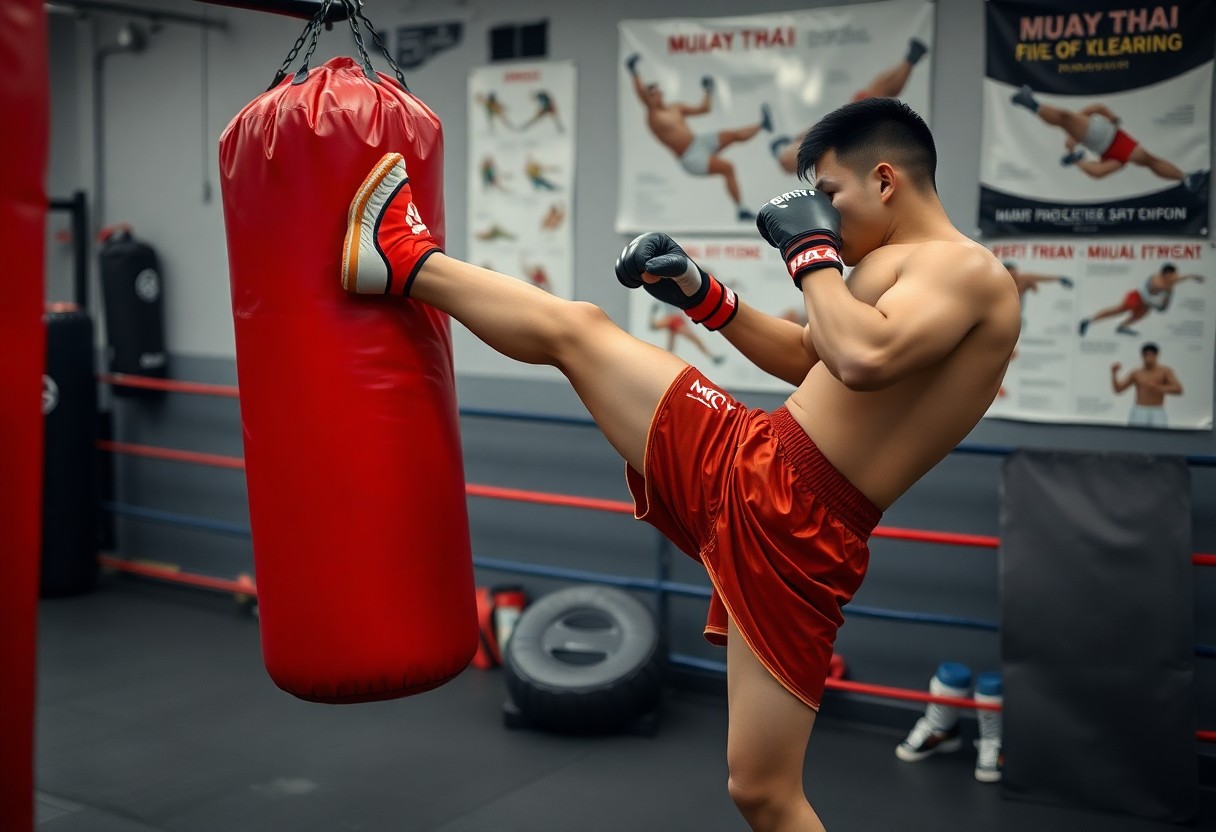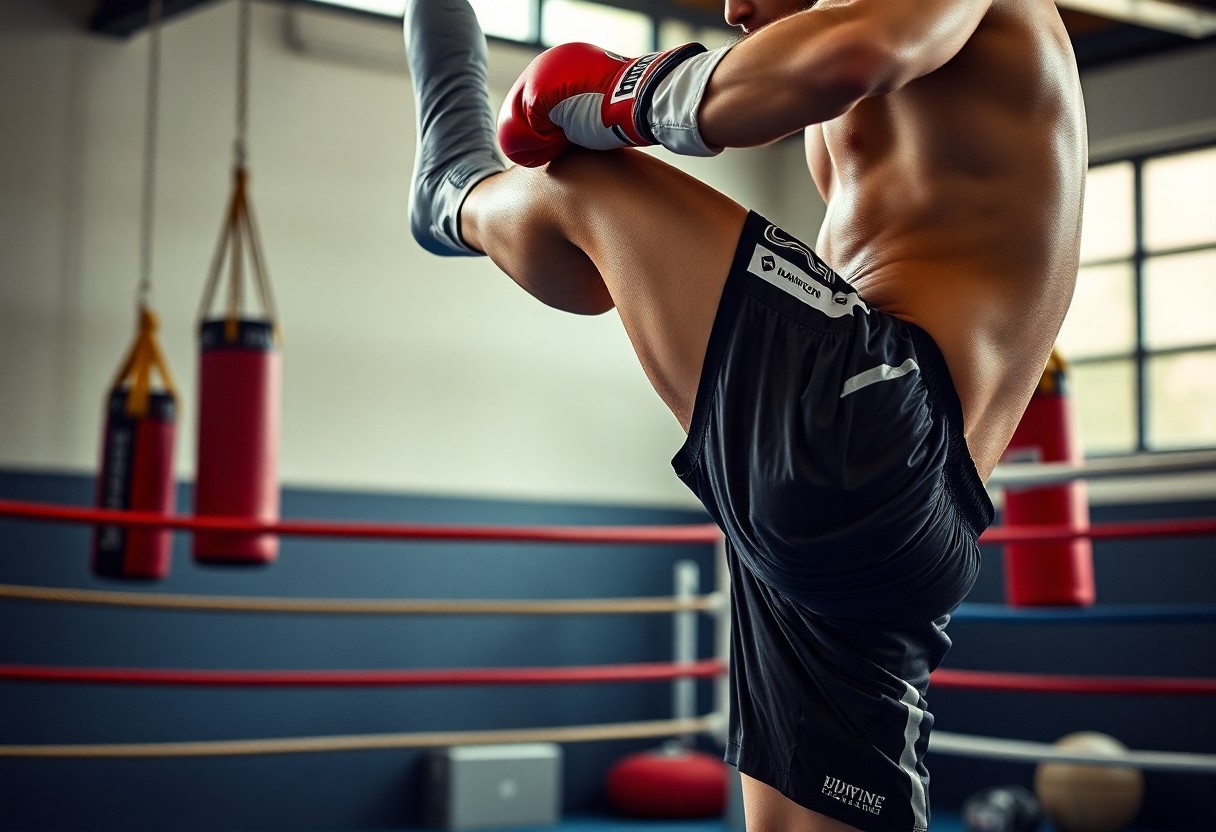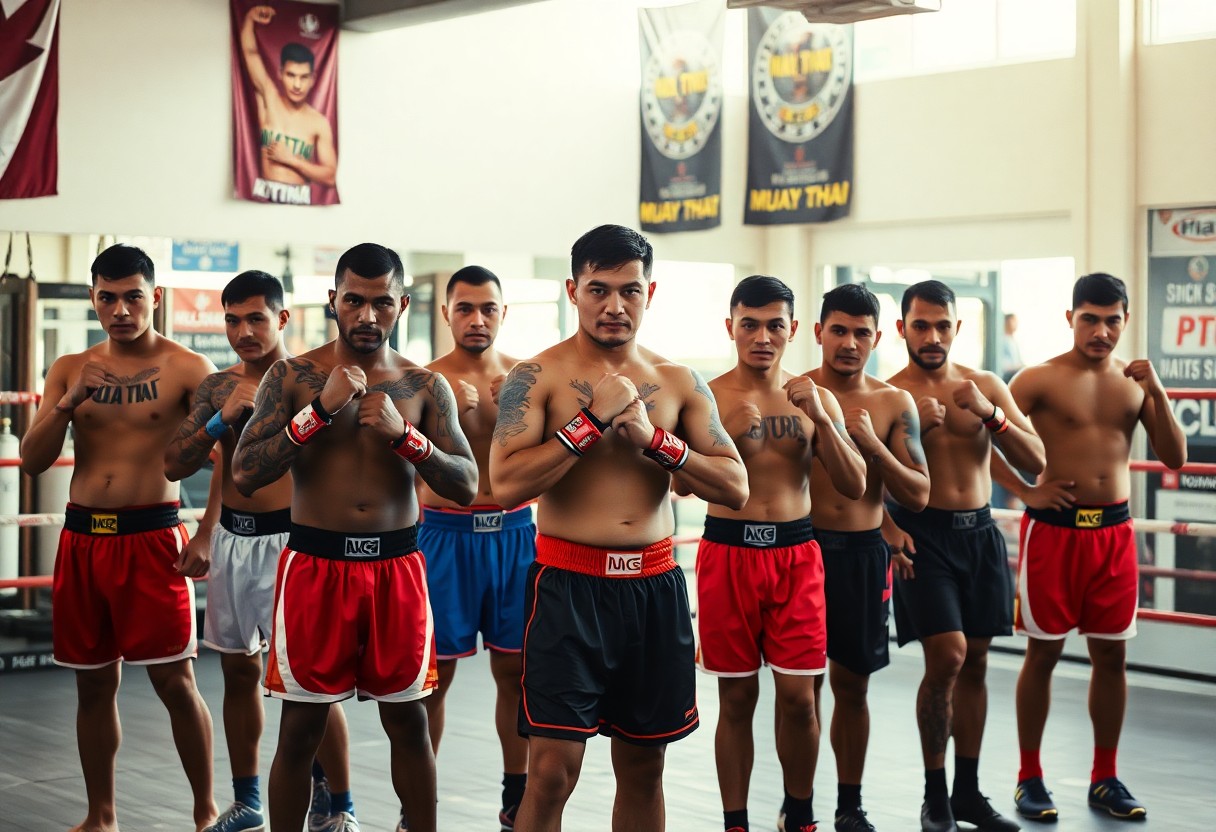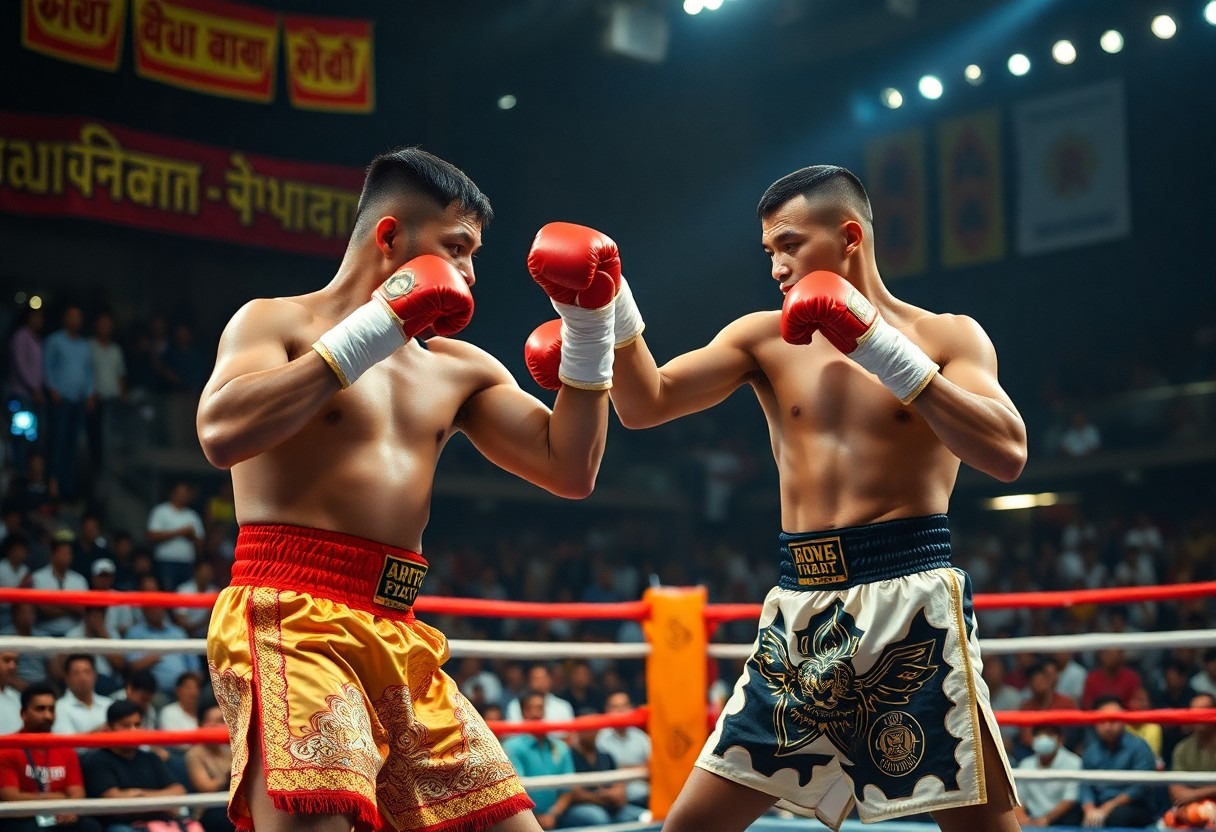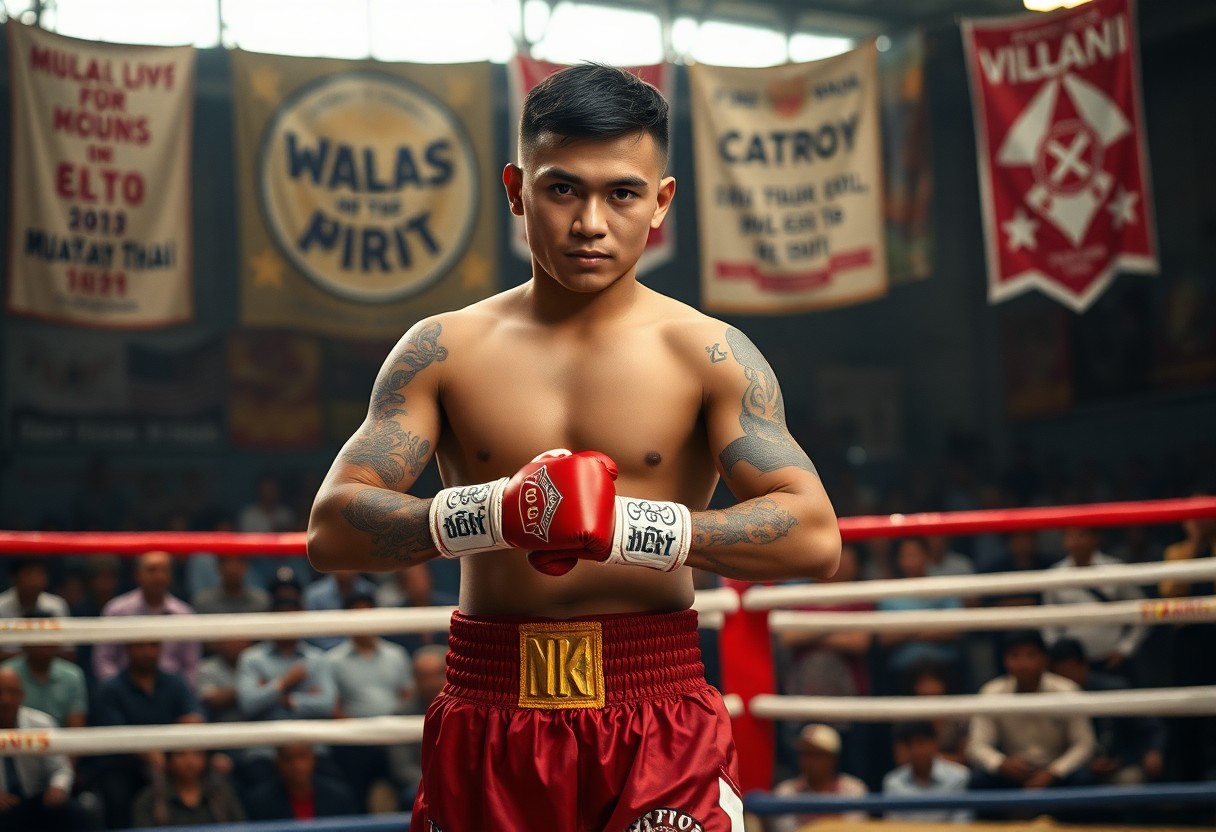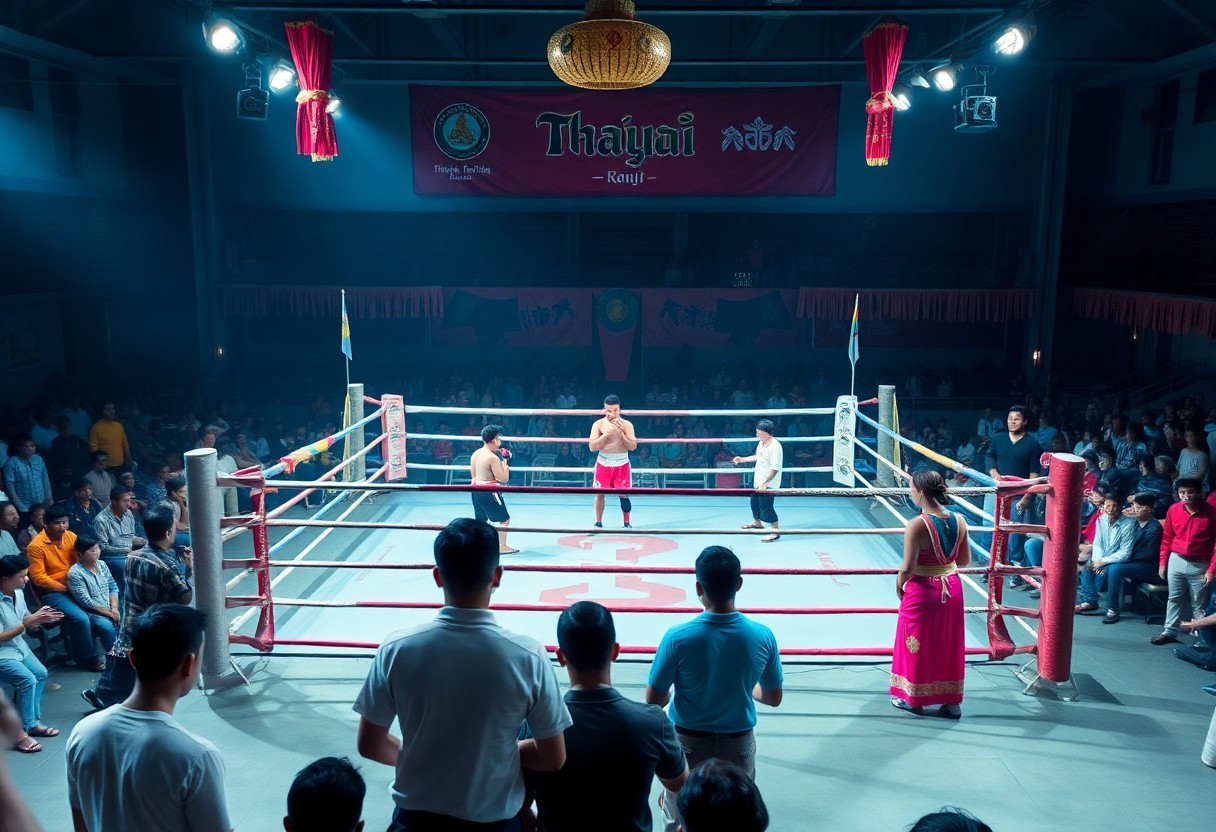
Muay Thai, often referred to as the “Art of Eight Limbs,” is not just a sport but a vital aspect of Thailand’s cultural heritage. As you research into the world of Thai boxing, you will discover its deep-rooted traditions, values, and the way it reflects the Thai way of life. This blog post will guide you through the rich history of Muay Thai, its significance within Thai society, and how it has transcended borders, influencing martial arts and combat sports around the globe. Join us as we explore the enduring legacy of this captivating sport.
Historical Context of Thai Boxing
Before delving into the cultural impact of Thai boxing, it’s imperative to understand its historical roots. This combat sport, known as Muay Thai, has evolved over centuries, reflecting Thailand’s rich history and traditions. It originated as a practical fighting technique for soldiers during the Sukhothai period, but has since transformed into a widely-respected art form and sport, capturing the hearts of many both in Thailand and around the globe.
Origins and Evolution
At the heart of Thai boxing lies a fascinating evolution that stretches back many centuries. Initially developed as a method of hand-to-hand combat for warriors, it gained prominence in the Ayutthaya Kingdom, where it was practiced as a military art. Over time, what started as a practical skill transitioned into a sport with formalized rules, further enhancing its techniques and attracting a wider audience.
Traditional Practices and Techniques
The blending of traditional practices and techniques in Thai boxing is what gives it its unique character. The sport emphasizes not just physical strength, but also cultural principles like respect, discipline, and spirit. Traditional training often involves rituals, including the Wai Khru, a dance performed to pay homage to teachers and the sport itself, highlighting the importance of tradition in the practice.
Hence, the traditional practices of Muay Thai are integral to its identity, teaching you not only the physical aspects of fighting but also the cultural values embedded in each movement. Techniques such as the use of elbows, knees, and clinch fighting reflect the artistry of the discipline, while the ceremonial practices instill a deep sense of connection to the history and traditions of Thailand. Engaging in these practices allows you to appreciate the sport beyond mere competition, fostering a richer understanding of its heritage.
Cultural Significance in Thailand
There’s no denying that Thai boxing, or Muay Thai, weaves a rich tapestry of cultural significance in Thailand. This ancient martial art embodies not only physical prowess but also the spirit of Thai national identity. You’ll find it celebrated in numerous communities, reflecting a shared heritage that resonates deeply with the Thai people, transcending time and geography.
National Identity and Heritage
Above all, Muay Thai serves as a symbol of national pride and cultural continuity. You can see how it originated as a means of self-defense and evolved into an art form that represents the endurance, discipline, and values of Thai culture. Your appreciation for Muay Thai enhances your understanding of Thailand’s history and the importance it holds in the hearts of its citizens.
Influence on Thai Festivals and Rituals
On many occasions, Thai boxing significantly influences national festivals and rituals, becoming a vibrant part of the cultural celebrations. You may notice that events like Songkran or local temple festivals often showcase Muay Thai bouts, reinforcing its role in community cohesion and enjoyment. This cultural immersion allows you to experience the festive atmosphere while witnessing the art form that has captured the hearts of many.
Significance lies in how Muay Thai shapes the festivities, drawing both locals and tourists together in celebration. You’ll find that various rituals, such as traditional offerings and respect for the ring, are performed to honor the sport’s deep-rooted traditions. Engaging with these practices allows you to connect with the spirit of Muay Thai and appreciate how it enhances cultural festivities, further embedding this martial art in the everyday lives of the people.
Thai Boxing in Modern Society
After centuries of tradition, Thai boxing, or Muay Thai, has embedded itself into the fabric of modern Thai society and has transcended its cultural roots, becoming a global phenomenon. As you witness this ancient art form in various contexts, you’ll notice its evolution from a combat sport to a multifaceted entity shaping fitness, lifestyle, and youth engagement both in Thailand and internationally. The blend of athleticism and cultural heritage continues to resonate with people from all walks of life.
Role in Contemporary Fitness and Lifestyle
Modern fitness enthusiasts are increasingly turning to Thai boxing for its high-intensity workouts and holistic benefits. By incorporating Muay Thai into your routine, you not only improve physical endurance and strength but also enhance mental resilience. Its complex techniques and dynamic movements provide an engaging alternative to conventional fitness methods, promoting overall well-being and a sense of community among practitioners.
Impact on Youth and Community Engagement
An necessary role of Thai boxing in contemporary society is its influence on youth and community engagement. It serves as a unifying force, drawing individuals together to learn discipline, respect, and self-defense skills while fostering camaraderie and teamwork.
This influence goes beyond physical training; it cultivates necessary life skills and character development in young practitioners. As you observe local gyms and community centers, you’ll notice that many programs prioritize inclusivity and mentorship, allowing youth from diverse backgrounds to connect and grow through shared experiences. By engaging with Thai boxing, young people develop confidence, learn how to navigate challenges, and contribute positively to their communities, ultimately nurturing a sense of belonging and purpose amidst an ever-changing society.
Global Influence of Thai Boxing
Now, Thai boxing, or Muay Thai, has transcended its borders, becoming a global phenomenon. Fitness enthusiasts and athletes across the world are drawn to its unique blend of art and combat skills. This widespread appreciation highlights not just its effectiveness in martial arts but also its cultural roots, making it a significant part of the international sporting landscape.
Rise of Muay Thai Worldwide
Between the 1980s and 1990s, Muay Thai began to gain international recognition, fueled by increased access to media and travel. Its portrayal in film and sport showcased the discipline’s intense training regimen and combat techniques, attracting practitioners and fans from all walks of life. Gyms dedicated to Muay Thai started popping up globally, establishing a network of clubs and competitions that celebrate this rich martial tradition.
Cultural Exchange and Adaptation
On a broader scale, the rise of Muay Thai has fostered a rich cultural exchange, where local traditions intermingle with international adaptations. As you explore Muay Thai practices worldwide, you’ll notice how each region incorporates its cultural elements into training methods and competitions, creating a unique fusion that respects its Thai roots while embracing local flavors.
Also, this cultural exchange not only enriches your understanding of Muay Thai but also amplifies its global appeal. As fighters and enthusiasts travel to Thailand for training, they bring back their experiences and interpretations, leading to a diverse understanding of the sport. This ongoing adaptation highlights the dynamic nature of traditions, showing how Muay Thai continues to evolve while retaining its core values of respect, discipline, and resilience.
Economic Aspects of Thai Boxing
Many aspects of Thai boxing contribute significantly to Thailand’s economy. From local gyms to international competitions, this sport generates revenue through training sessions, merchandise, and broadcasting rights. The growing global interest creates opportunities for Thai boxers to compete abroad, further enhancing the economic impact of this traditional martial art.
Tourism and Local Economies
With the rise in popularity of Thai boxing, tourism has seen a substantial boost, making it an important sector for local economies. Visitors flock to Thailand to experience authentic Muay Thai events and training camps, which not only enrich their cultural experiences but also provide financial support to local businesses, from restaurants to accommodation.
The Professional Fight Scene
Fight events featuring top-tier athletes increasingly attract audiences both domestically and internationally, showcasing the best of Thai boxing. Major venues and promotions offer lucrative opportunities for fighters, while generating significant ticket sales and sponsorship deals, thereby amplifying the economic impact of this sport.
But the professional fight scene isn’t just about the main events. It involves extensive training camps where fighters refine their skills and prepare physically and mentally for competitions. These camps contribute to local economies by accommodating fighters and trainers while fostering a culture of discipline and respect. With each fight, whether in local arenas or on international stages, the spotlight shines on this traditional sport, making it an imperative component of Thailand’s cultural and economic fabric.
Challenges and Future of Thai Boxing
Your exploration of Thai boxing wouldn’t be complete without acknowledging the challenges it faces today. As the sport garners international acclaim, it must navigate the complex interplay between preserving its rich heritage and adapting to modern commercialization practices. This balance is vital for safeguarding its cultural significance while ensuring it thrives in the future.
Preserving Tradition Amidst Commercialization
Before venturing into the commercial aspects of Thai boxing, it’s important to understand its origins. The sport is steeped in traditions that date back centuries, and as it becomes more popular globally, the risk of diluting its cultural roots increases. Efforts to maintain authentic practices are vital for keeping the spirit of Muay Thai alive.
Growing Awareness and Social Issues
Commercialization of Thai boxing has led to a growing awareness of various social issues, including the treatment of fighters and ethical training practices. This shift in perception highlights the importance of sustained dialogue about ensuring that the sport remains true to its values while engaging with a wider audience.
With increasing scrutiny from fans and advocates, the conversation around social issues in Thai boxing has become more relevant than ever. You may notice a movement advocating for fighter rights, fair compensation, and better training conditions. As awareness grows, both spectators and practitioners are encouraged to consider the long-term implications of these challenges on the sport’s integrity and future development.

